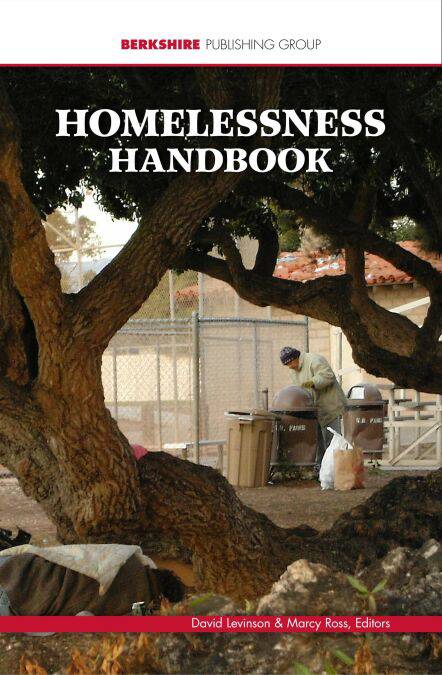
- Retrait gratuit dans votre magasin Club
- 7.000.000 titres dans notre catalogue
- Payer en toute sécurité
- Toujours un magasin près de chez vous
- Retrait gratuit dans votre magasin Club
- 7.000.0000 titres dans notre catalogue
- Payer en toute sécurité
- Toujours un magasin près de chez vous
Description
Packed with stories as well as thorough research and analysis from leading historians and social scientists, and compiled by the editor in chief of the SAGE Encyclopedia of Homelessness, the compact Homelessness Handbook is ideal for undergraduate courses and "will be indispensable for professionals working either to help people who are homeless or to address the causes of homelessness. It deserves high praise for its thoroughness...the essays do an excellent job of presenting the many issues related to this topic... Summing Up: Highly recommended." -CHOICE.
Key Features- Articles highlight projects and approaches useful to professionals, students, and concerned citizens who want to understand homelessness and how it can be alleviated.Sidebars, quotes, and photos portray the history of homelessness, the many faces of homeless people, and successful programs that are working to end homelessness. Glossary terms, extensive bibliographies, and a comprehensive index provide many ways to navigate topics and locate information.
Spécifications
Parties prenantes
- Auteur(s) :
- Editeur:
Contenu
- Nombre de pages :
- 480
- Langue:
- Anglais
Caractéristiques
- EAN:
- 9781933782034
- Date de parution :
- 11-04-24
- Format:
- Ebook
- Protection digitale:
- /
- Format numérique:
- ePub
- Dimensions :
- 162 mm x 231 mm
- Poids :
- 898 g

Les avis
Nous publions uniquement les avis qui respectent les conditions requises. Consultez nos conditions pour les avis.






